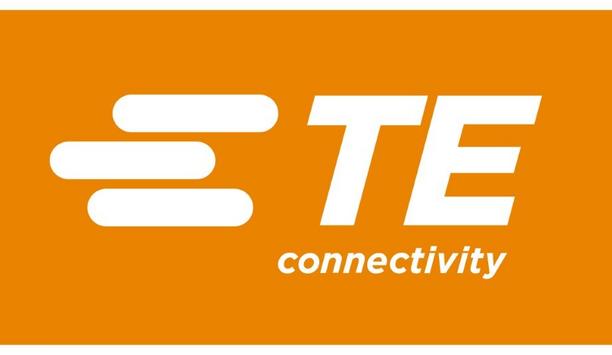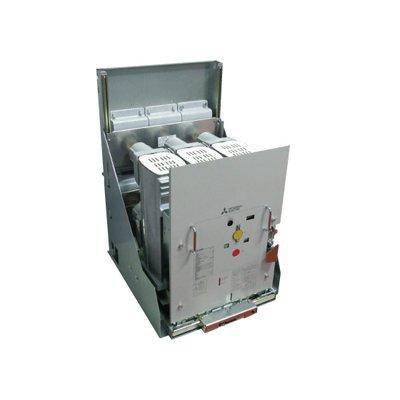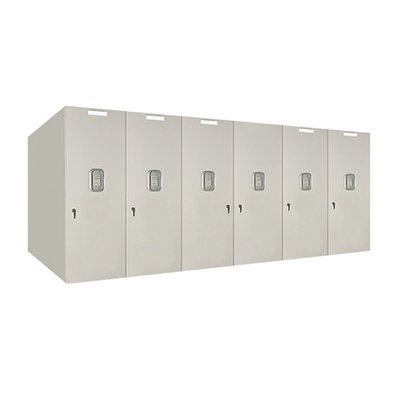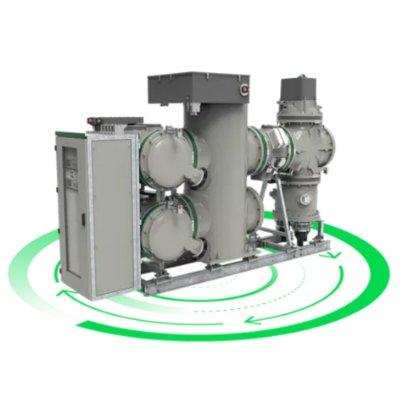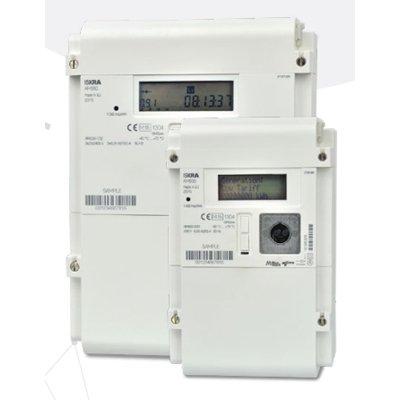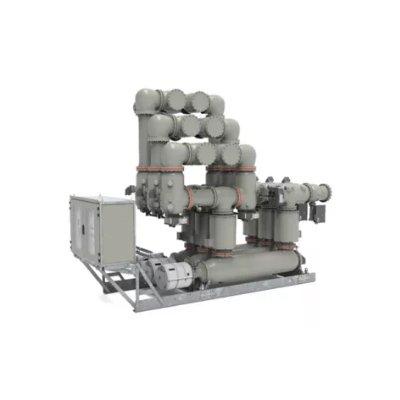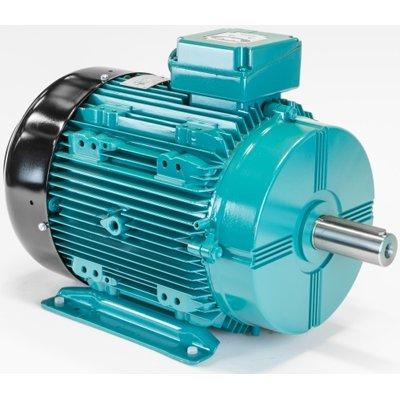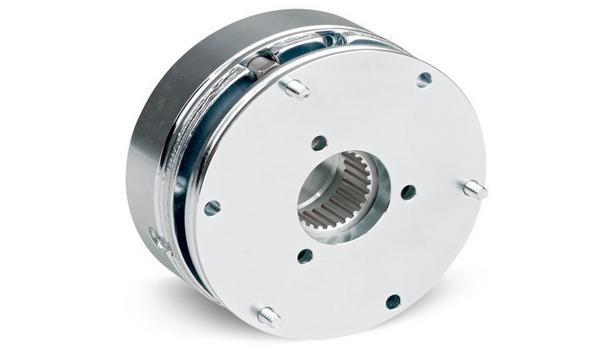MCCB is a device that is manufactured as an integral inner supporting and enclosed housing of insulating material.
It is required for making, carrying, and breaking currents between separate contacts under normal circuit conditions and abnormal circuit conditions such as overload conditions and short circuit conditions. MCCBs protect low-voltage distribution systems.
Overload & Short Circuits
Quenching the arc in the air inside the molded case, the MCCBs interrupt current with a range from a few amperes to several kilo-amperes. MCCBs are useful for protecting the system against faults like Overload & Short Circuits, with the help of release which may be Thermal Magnetic or Microprocessor Type.
MCCB satisfies the requirement of isolation as it provides complete isolation to the circuit. Compact Size, Lower Downtime, Reduction in inventory & Availability of various accessories make it a distinctive product.
Specifications of MCCBs:
- Use – Rated Operational Voltage
- Ui – Rated Insulation Voltage
- Uimp – Impulse withstands voltage
- In – Nominal Rated Current
- Ics – Service Short Circuit Breaking Capacity
- Icu – Ultimate Short Circuit Breaking Capacity
Components of Molded Case Circuit Breakers
Operating Mechanism:
The speed at which the contacts open or close is free of how quickly the handle is moved
The Operating Mechanism handles the opening and shutting of the contacts. The speed at which the contacts open or close is free of how quickly the handle is moved.
The breaker can’t be kept from stumbling by holding the handle in the on position. The handling will be in a halfway position when the contacts are stumbled.
Arc Extinguisher:
An arc is made at whatever point an electrical switch interferes with a present stream. The Arc Extinguisher’s activity is to limit and separate that circular segment, subsequently stifling it.
At the point when an intrusion happens and the contacts are partitioned, the present course through the ionized area of the contacts actuates an attractive field around the bend and the circular segment douser.
Trip Unit:
For the most part, these circuits have a warm current for overcurrent and an attractive component
The Trip Unit is the cerebrum of the electrical switch. The unit can trip the working system in case of an abnormal condition. Electronic trip units are presently accessible and they can give considerably more refined insurance and observe.
The MCCB Working in itself is an incredible invention. The MCCB is a choice for a wire since it needn’t bother with a substitute once an overburden is taken note of. Dissimilar to a wire, this electrical switch can be just reset after a misstep and offers improved administrator security and straightforwardness without procuring working expenses. For the most part, these circuits have a warm current for overcurrent and an attractive component for impeding working quickly.
There are several advantages of the MCCB:
- MCCBs are Compact in the measure. Hence it spares a significant space board plan.
- MCCBs have to limit downtime. Dissimilar to a breaker-based framework, there’s no looking for a substitution intertwine. It very well may be Reset and Switched On again instantly in the wake of finding the blame that caused the stumbling amid activity.
- MCCBs can clear a few blame previously it is expected for substitution.
- MCCBs are “Upkeep Free” and its repeating costs are less.
- At the point when MCCBs are utilized, at that point, there is no probability of single staging because of blame in just a single stage.
- Some multi-reason adornments can be fitted with the MCCB.
MCCB with the combination of one or the two different trip elements will protect the circuit against situations such as:
Thermal Overload:
If the insulation remains unchecked, its life will be reduced and maintenance will be high
In the conditions of overload, there is a temperature between the insulation and the conductor. If the insulation remains unchecked, its life will be reduced and the maintenance will be higher.
It is important to catch the approach of MCCB for the better flow of the circuit and lifelong approach of the product.
Short-circuit Condition:
It is the condition due to an intentional or unintentional low impedance path creation between phase wires or neutral & phase wires, this situation leads to an excessively high current flowing through the circuit & voltage becomes negligible.
Ground Fault condition:
It is also the type of the short circuit which is linked with the ground phase. This is the common fault that takes place in the low voltage.
The MCCB protects the huge amount of mess and protects the system while enhancing its capability. The MCCB is highly durable and the life of these gadgets is longer than usual gadgets. It is suitable for the higher energy impact. The gadget must be installed by a professional because it is not that easy to install and once it is done, you are free to form the obstacles that you might face regarding electricity, short-circuits, and low-voltage.
Thermal-magnetic &other is microprocessor
Thermal protection is required for O/L & electromagnetic or solenoid is used for S/C
MCCBs are available with 2 kinds of release, one is thermal-magnetic &other is microprocessor release.
Thermal-magnetic uses the principle of bimetal and electro-magnetic coil. Thermal protection is required for O/L & electromagnetic or solenoid is used for S/C. However, since the electromagnet is a peak sensing device thus a slight transient peak can cause nuisance tripping of MCCB. This CB gives the following protections.
- Thermal /Overload Protection- Through Bimetal
- Electromagnetic /Short Circuit Protection- Through Electromagnet
- Under Voltage Protection- Through U/V Release
The microprocessor or electronic release senses the true R.M.S value of current. It is simulated and calculated from peak values, which are detectable by the microprocessor. The microprocessor-based release may offer the below protections which can be added on:
- Earth Fault
- Neutral protection
- Instantaneous Over-ride
- Earth Leakage
- Current Unbalance
- Overvoltage
Wrong Selection of MCCB:
For a few special applications, manufacturers recommend using MCCBs dedicated to that application. For Ex. For motor backup protection there is a requirement for overload protection of the motor, it is required to match the overload settings of MCCB with that of the motor. This solution assures no damage to the motor in case of motor overloading. However, life expectancy of the contactor as per the circuit design is considered better than that of MCCB.
Hence this combination will give much less life, thus it can’t be suggested. Also, we can’t have single phasing protection by using MCCB. Hence, in this case, ‘Type 2’ coordination charts shall be referred to to make an appropriate selection.


